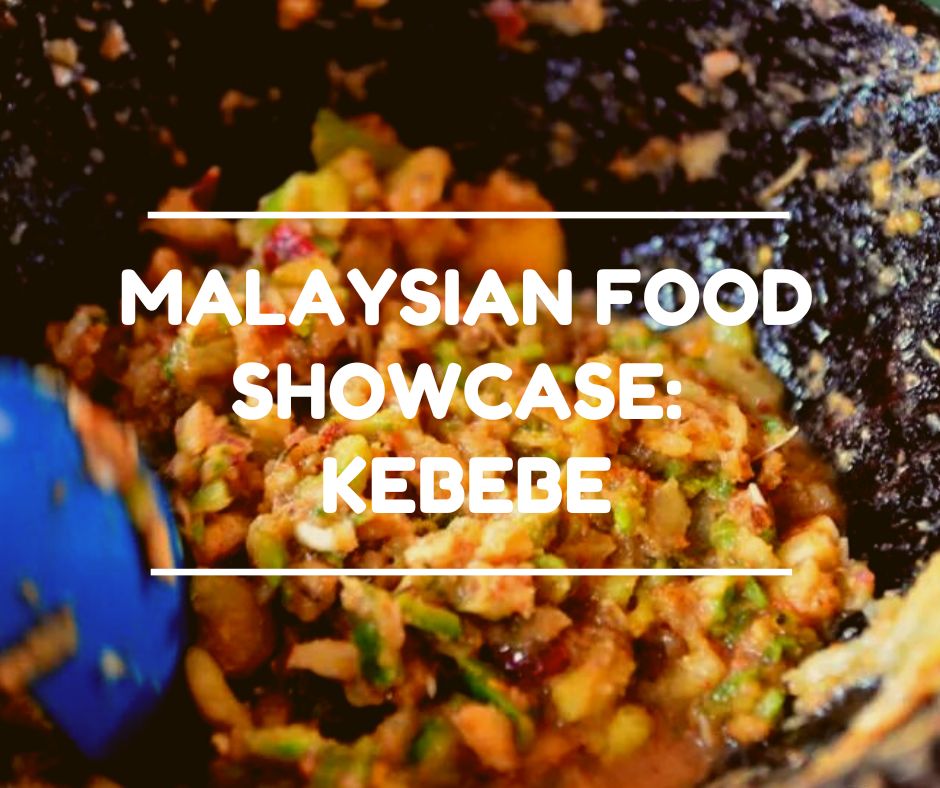Kebebe: The Traditional Wild Fruit Salad from Lenggong Perak
Kebebe (also known as Bincuk/Pincuk) is a traditional Salad enjoyed in Lenggong, Perak, particularly among the local Pattani communities. It bears similarities to fruit rojak and shares culinary qualities with Thailand’s som tam. What sets it apart from rojak and som tam is the use of locally sourced fruits and forest produce readily available around homes, making it a sustainable and community-centric dish.
Kekebe boasts a rich medley of locally-available ingredients, generally including kerisik (fried shredded coconut), bird’s eye chilli, belacan (shrimp paste), jackfruits, starfruits, mangoes, cermai fruits, kelempung fruits, cedung fruits, banana hearts, banana buds, guava, pineapple and any other local wild fruits.
The preparation involves pounding chilli, belacan and salt in a mortar until crushed, followed by the addition of all other ingredients, pounded until thoroughly combined, and finally, sugar is added to taste. The amalgamation of these diverse ingredients creates the unique sweet, sour, salty, bitter, and spicy flavours that make Kebebe special. Kebebe is traditionally served in banana blossom petals or on banana leaves, which impart an extra layer of complexity to an already wonderful dish.
While the exact etymology of the term “Kebebe” remains uncertain, experts agreed that Kebebe’s origins trace back to over 200 years ago. Back then, most Malay food was coconut-based and kerisik was used in many dishes. So, elderly women created an ingenious method of removing the coconut oil residue from a wooden mortar after pounding coconut for making kerisik. Instead of washing the mortar and wasting the fragrant oil residue, various local fruits were added and pounded until crushed to cleanse the mortar. Inadvertently, this created a coconut-kissed fruit salad with delightful mixture of flavours, and Kekebe was born.
Since large quantities of kerisik are typically required to be made for huge occasions like weddings, religious gatherings or village kenduri (feasts), the kerisik mortar finds a second purpose in crafting Kebebe, to be served as dessert or palate cleanser to volunteers who have contributed their time and energy for the occasion. Thus, Kebebe has become a symbol of appreciation, gratitude and togetherness.
Beyond its culinary appeal, Kebebe was regarded by past generations as a remedy and fatigue reliever, capable of alleviating the lingering bitterness in the mouth often experienced after recovering from fever. It also helps alleviate feelings of nausea, particularly after indulging in a heavy meal. It also boasts health benefits due to its high vitamin C and fiber content, contributing to skin health and eye protection.
Sadly, Kebebe is slowly fading into obscurity. Some of its ingredients, once readily available in the forests surrounding Lenggong, are now challenging to find. More efforts are now being made to reintroduce Kebebe to the younger generation. After all, it’s not just about preserving a traditional recipe or a source of healing; it is also about celebrating heritage and the spirit of togetherness.




